The sea has always held a special fascination for me, and I think it’s because of the sheer adventure it promises. Throughout history, it’s drawn explorers with a spirit of discovery, people who weren’t afraid to leave behind everything they knew in search of the unknown. These bold journeys didn’t just chart new lands—they pushed the limits of human endurance and courage. It’s incredible to think how these sea voyages have shaped the world we live in today. Here are 12 of my favourite daring sea adventures, where a mix of bravery, determination, and a bit of luck led to world-changing discoveries.
1. Ferdinand Magellan’s First Circumnavigation of the Globe
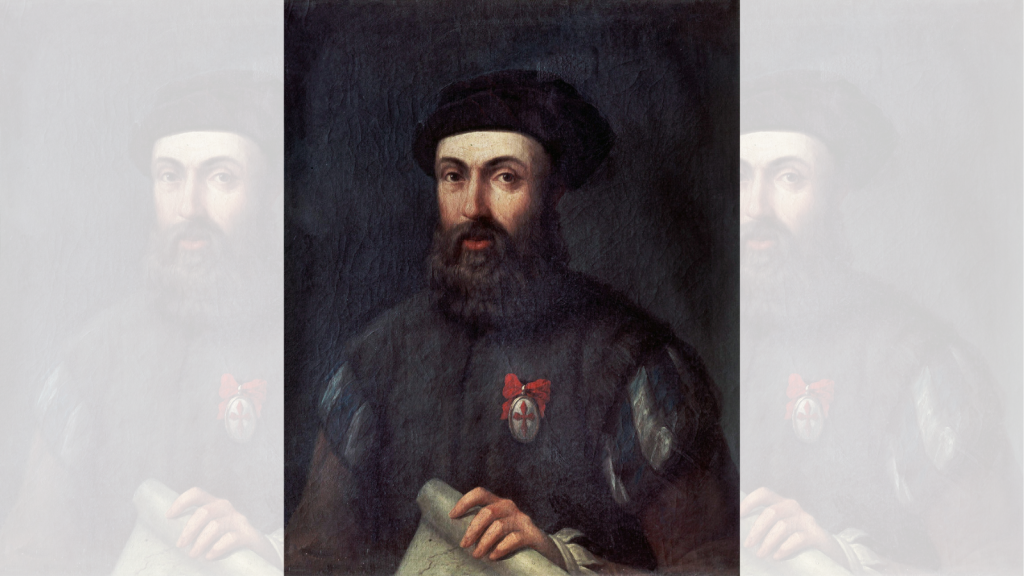
In 1519, Ferdinand Magellan embarked on the first known expedition to circumnavigate the Earth. Although Magellan himself did not survive the journey, his crew completed the voyage in 1522 aboard the ship Victoria, proving that the Earth could be sailed around. This three-year journey was marred by scurvy, mutiny, and Magellan’s death in the Philippines, but it remains one of the most significant achievements in maritime history.
2. Captain James Cook’s Pacific Expeditions
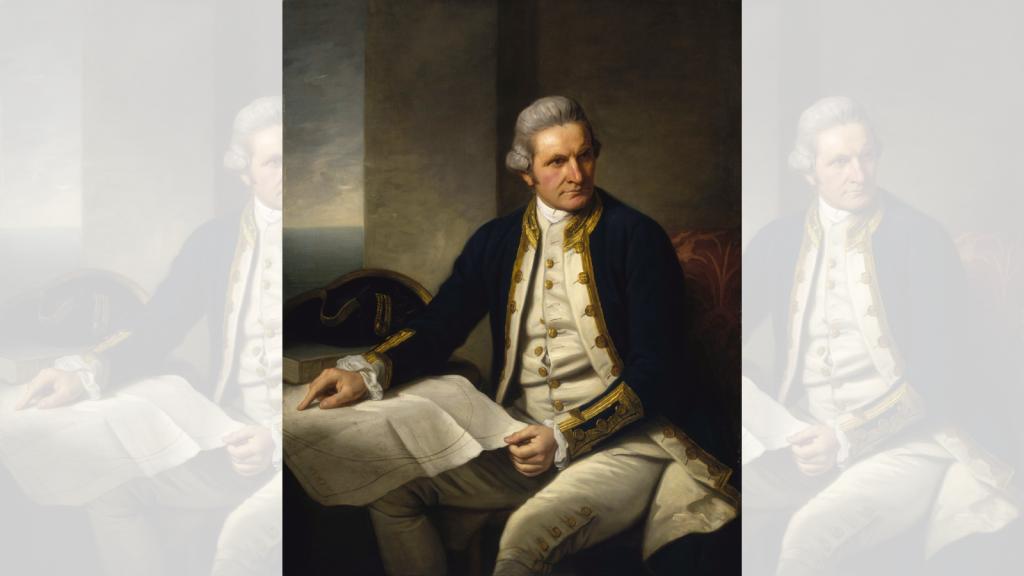
Captain James Cook’s voyages between 1768 and 1779 are legendary. He mapped vast regions of the Pacific, including Australia, New Zealand, and Hawaii. Cook’s voyages helped expand scientific understanding, with discoveries ranging from new flora and fauna to detailed maps that would be used for centuries.
3. Christopher Columbus’ Journey to the New World
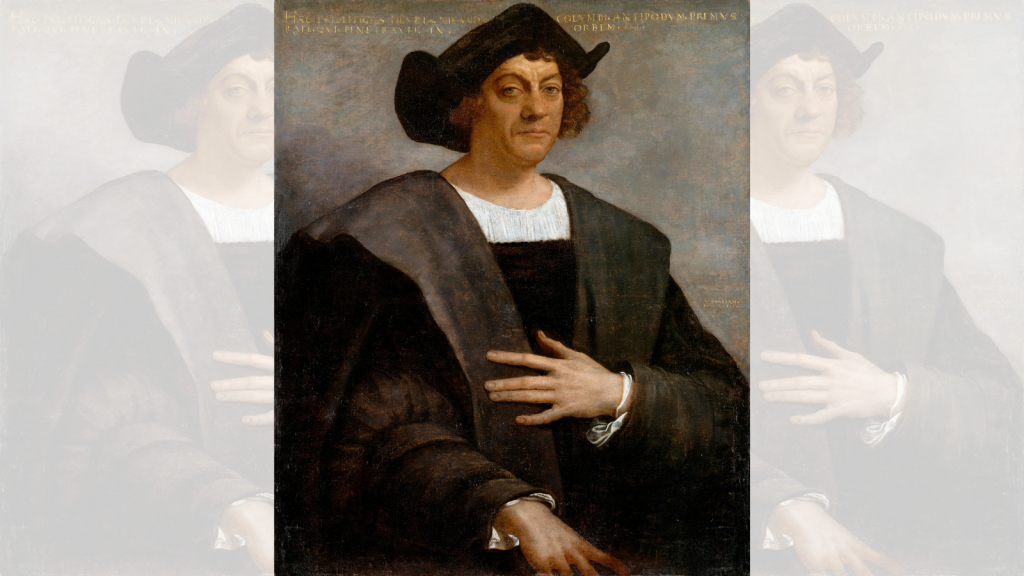
In 1492, Christopher Columbus set sail westward across the Atlantic in search of a route to Asia but instead stumbled upon the Americas. Although the Vikings had visited North America centuries earlier, Columbus’ journey marked the beginning of sustained European exploration and colonization in the Western Hemisphere.
4. Thor Heyerdahl’s Kon-Tiki Expedition
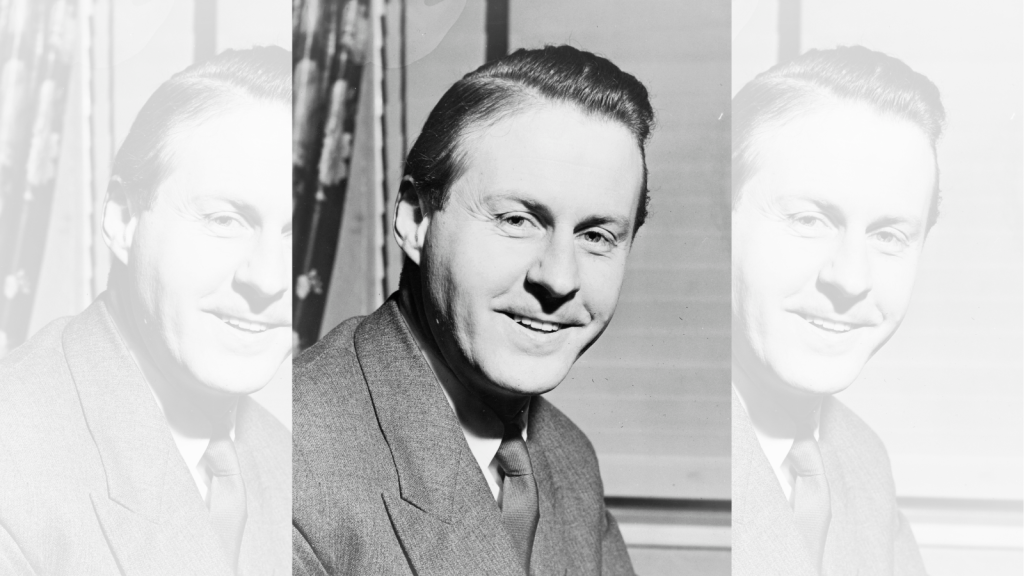
In 1947, Norwegian explorer Thor Heyerdahl proved that ancient South Americans could have sailed to Polynesia on a primitive raft. Using only materials available to ancient civilizations, he and his team sailed the Kon-Tiki across 4,300 miles of the Pacific. Their journey showed the possibility of ancient transoceanic contact.
5. Zheng He’s Treasure Fleet
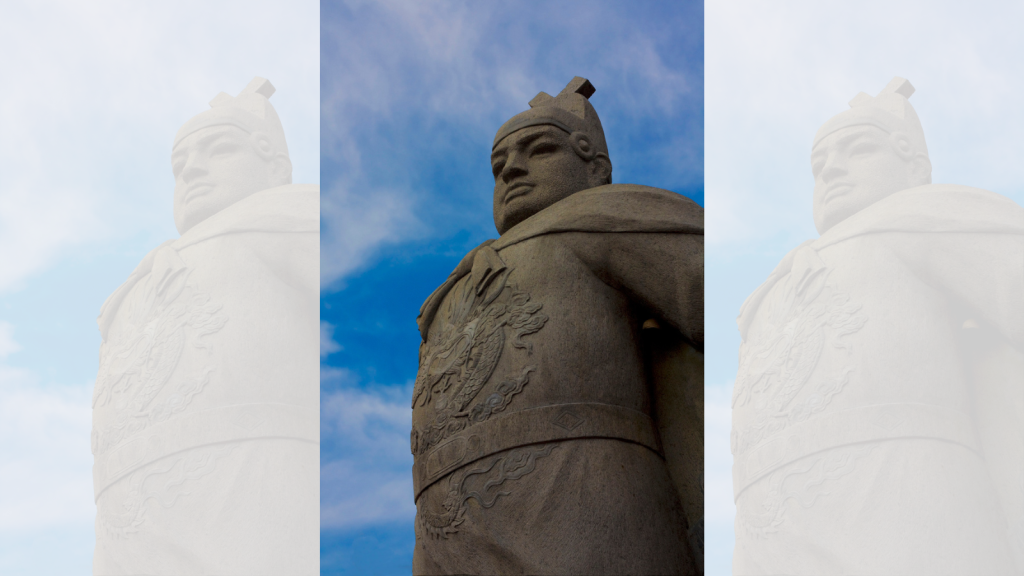
Between 1405 and 1433, the Chinese admiral Zheng He led seven massive voyages across the Indian Ocean, reaching as far as East Africa. His fleet, consisting of enormous ships, established China as a dominant maritime power and strengthened trade routes through Asia and Africa. These expeditions demonstrated China’s capacity for peaceful exploration on an enormous scale.
6. Vasco da Gama’s Voyage to India
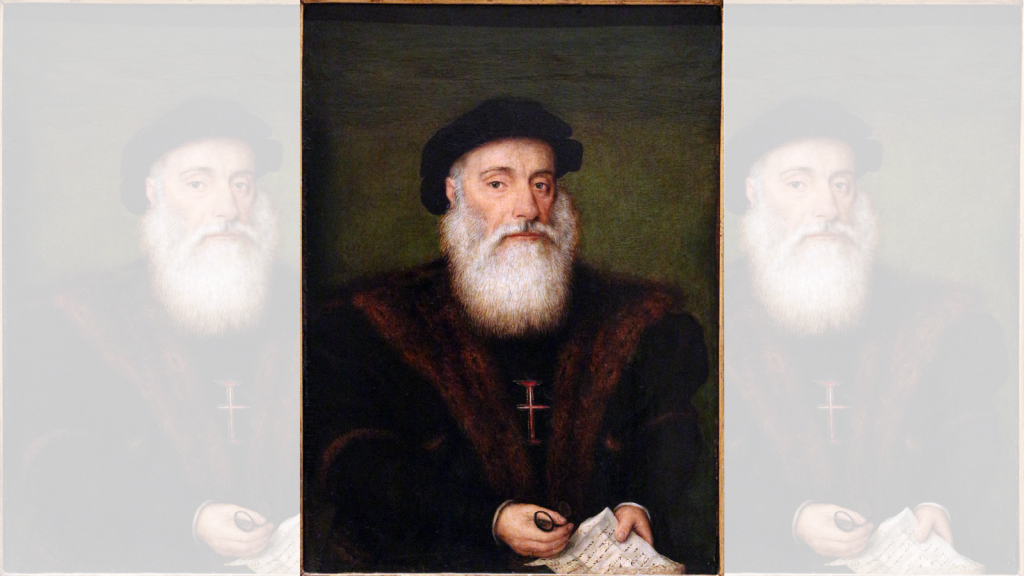
In 1497, Portuguese explorer Vasco da Gama became the first European to reach India by sea, sailing around the southern tip of Africa. His voyage opened up the first all-water route to Asia, establishing Portugal as a dominant maritime power and transforming global trade.
7. Ernest Shackleton’s Endurance Expedition
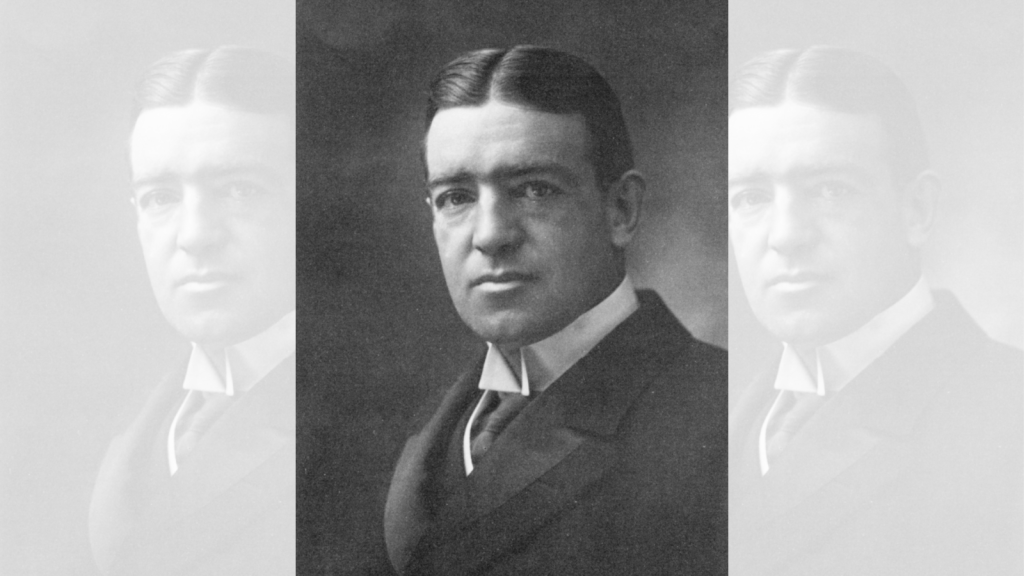
In 1914, Sir Ernest Shackleton embarked on the Imperial Trans-Antarctic Expedition, aiming to cross the Antarctic continent. When his ship Endurance became trapped in ice, Shackleton led his crew on a miraculous escape, navigating treacherous waters and icy landscapes to survive. This journey is a testament to leadership and human endurance.
8. Leif Erikson’s Voyage to Vinland
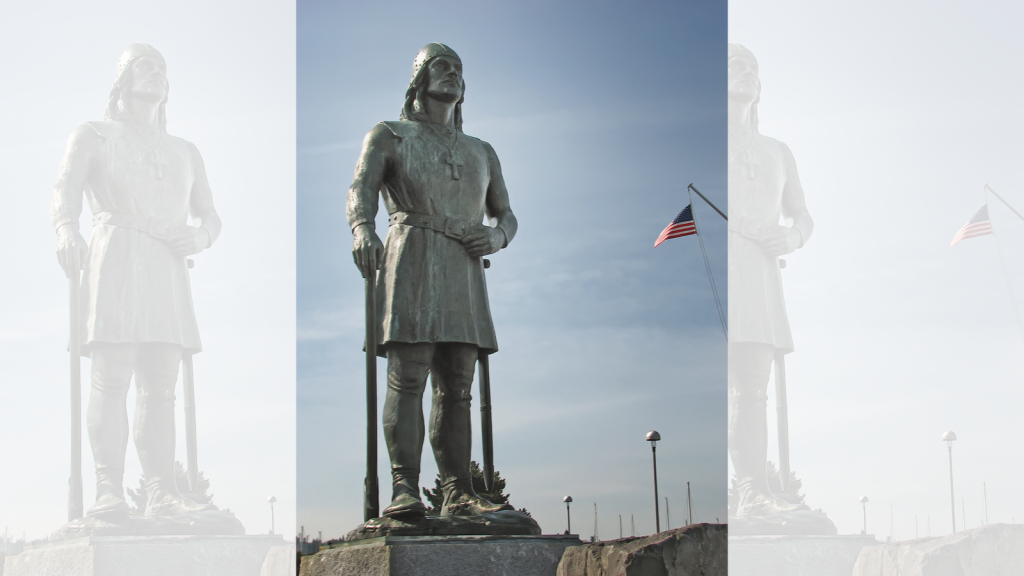
Around the year 1000, Norse explorer Leif Erikson became the first known European to set foot in North America, landing in what he called Vinland (likely modern-day Newfoundland). His journey predated Columbus by nearly 500 years and demonstrated the seafaring prowess of the Vikings.
9. The Voyage of HMS Beagle
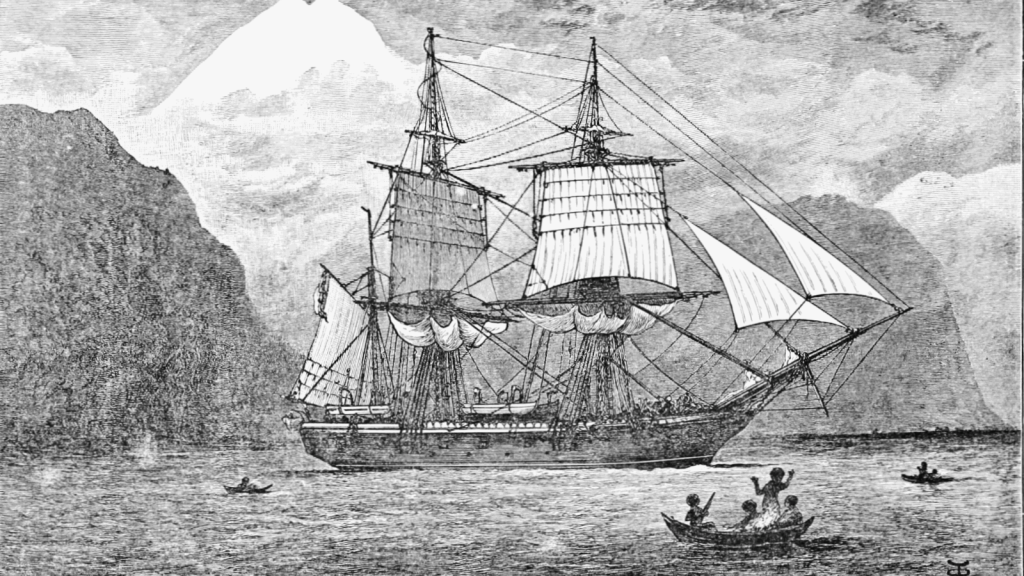
In 1831, HMS Beagle set off on a journey that would forever change our understanding of the natural world. Onboard was a young naturalist named Charles Darwin, whose observations during the voyage inspired his theory of evolution by natural selection. The Beagle’s journey through South America and the Galápagos Islands revolutionized biology.
10. Roald Amundsen’s Northwest Passage Expedition
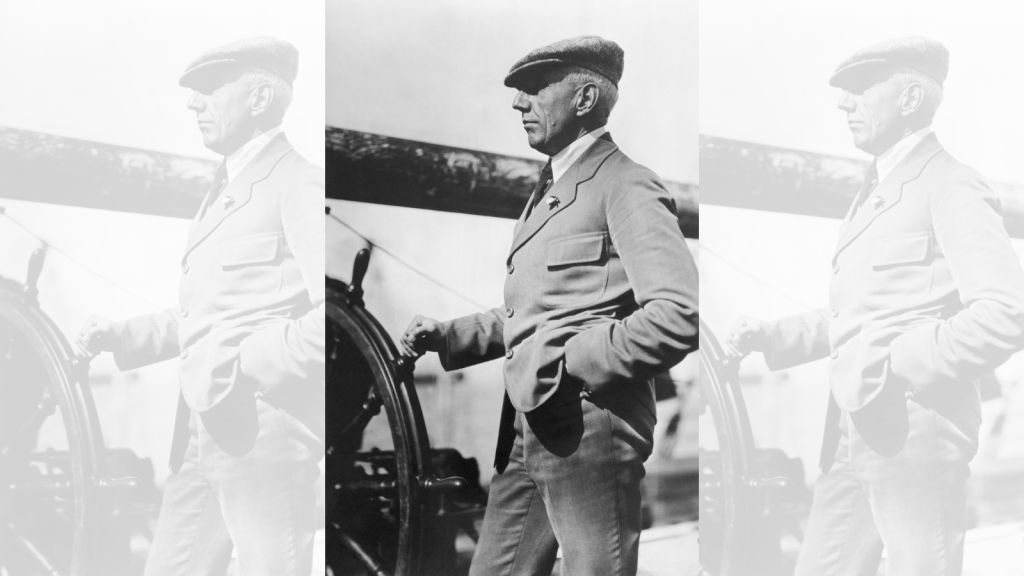
In 1903, Norwegian explorer Roald Amundsen became the first to successfully navigate the Northwest Passage, a treacherous sea route through the Arctic linking the Atlantic and Pacific Oceans. The journey took three years, but Amundsen’s success opened up new possibilities for Arctic exploration.
11. Abel Tasman’s Discovery of New Zealand and Tasmania
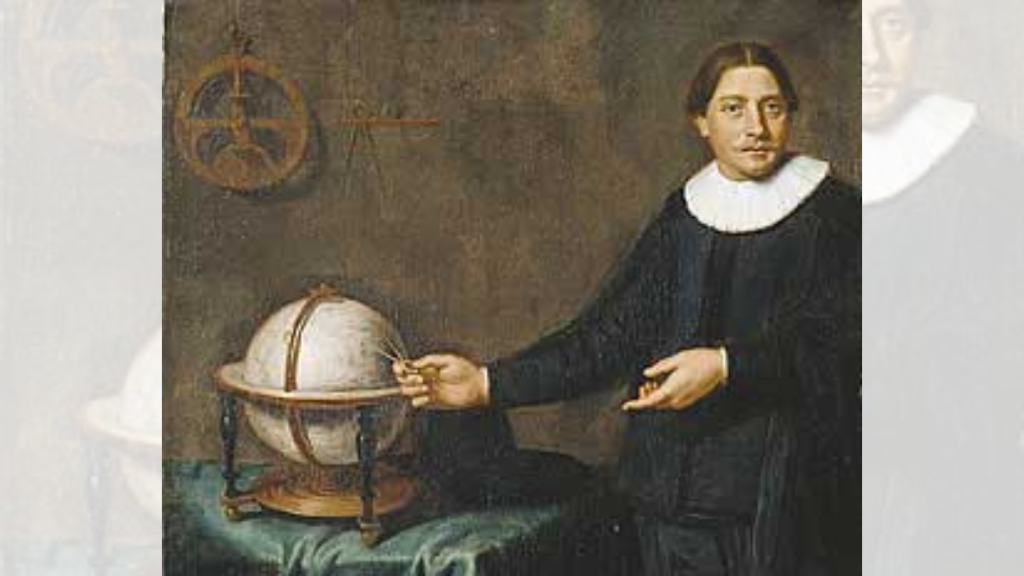
In 1642, Dutch explorer Abel Tasman was the first European to discover New Zealand and Tasmania, charting parts of Australia and the Pacific. His voyages expanded the European understanding of the South Pacific and paved the way for further exploration in the region.
12. The Lewis and Clark Expedition
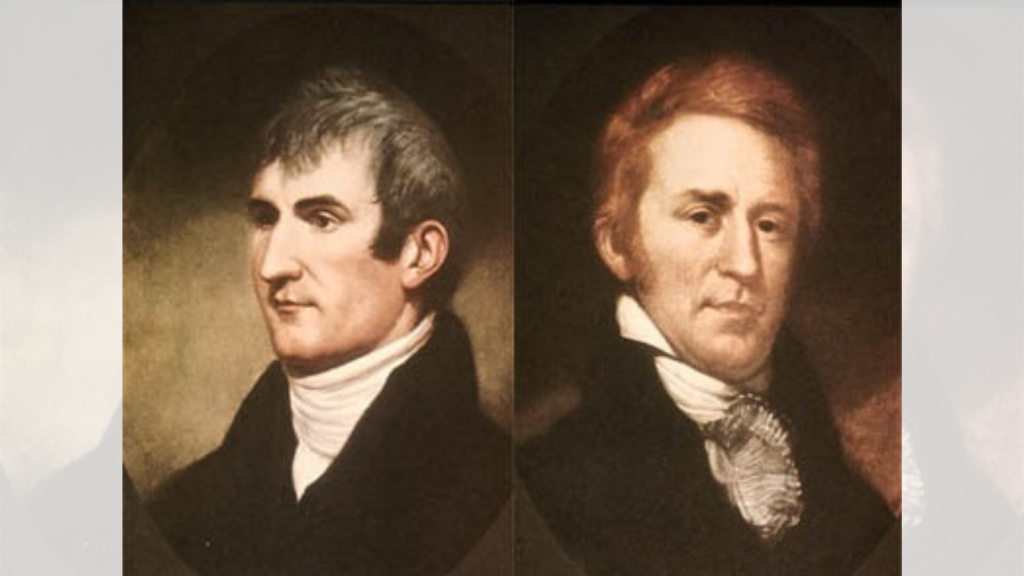
Though primarily an overland journey, the 1804-1806 Lewis and Clark Expedition relied heavily on river navigation to explore the newly acquired western United States. Their discovery of a route to the Pacific Ocean via the Columbia River opened up the American West to settlers and traders.
These 23 Titanic Facts That Will Make You See the Tragedy in a New Light

The Titanic, perhaps the most legendary ship ever, was a masterpiece of early 20th-century engineering, funded by American tycoon J.P. Morgan and constructed at the Harland and Wolff Shipyard. Thanks to the movie and other works of popular fiction, any people think they know everything there is to know about the Titanic, but they’re wrong.
Read More: These 23 Titanic Facts That Will Make You See the Tragedy in a New Light
Ellen has been obsessed with logic puzzles, jigsaws, and cryptograms since she was a kid. After learning she was taught how to play chess wrong by a family friend (so they could win), she joined her school chess club and the rest is history.


